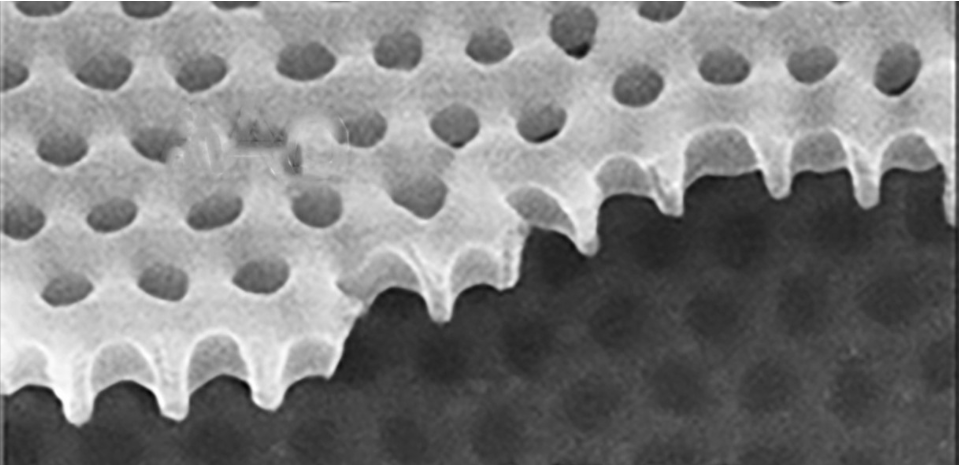Physicists have discovered a new state of matter described as a Cooper pair metal. Similar to an ordinary metal, this newfound state of matter conducts electricity with some resistance. However, the carriers of electric charge in this new state are not single electrons, as usual, but Cooper pairs—twosomes of electrons that normally occur in superconducting media in which electricity flows without resistance. The discovery points to new avenues for advancing quantum theory, which describes the behavior of matter on its smallest scales, as well as for potentially developing novel kinds of electronics. See also: Conduction (electricity); Electrical resistance; Electricity; Electron; Matter; Metal; Quantum mechanics; Quantum theory of matter; Superconductivity

Cooper pairs are named after American physicist Leon Cooper, who shared the 1972 Nobel Prize with John Bardeen and J. Robert Schrieffer for developing the BCS (Cooper-Bardeen- Schrieffer) theory of superconductivity in 1957. Their theory sought to explain how in superconductivity, electric currents (composed of electrons) can flow without resistance in certain materials brought down to low temperatures, a phenomenon first discovered in 1911. As negatively charged subatomic particles, electrons inherently repel each other because of their like charges. Furthermore, on a quantum level, electrons are classified as fermions, which, by definition, adhere to the Pauli exclusion principle. This principle states that no two electrons can occupy the same quantum state. However, in metals cooled to sufficiently low temperatures, electrons can be drawn to areas of positive charge and overcome their mutual repulsion, forming correlations dubbed Cooper pairs. Motions of other particles in chilled metals are not strong enough to break the weak associations between electrons. Cooper pairs can share quantum states with other pairs, ultimately allowing the flow of electric current without encumbrance. See also: Electric charge; Electric current; Electrical conductivity of metals; Elementary particle; Exclusion principle
While experimenting with extremely thin materials, researchers at Brown University in Rhode Island, United States, had previously demonstrated in 2007 how Cooper pairs can also become stuck in place, contrastingly contributing to a material acting as an electrical insulator. Continuing experiments with this material, yttrium barium copper oxide (YBCO), yielded the finding of an in-between state of Cooper pair movement with some degree of resistance. These researchers, along with colleagues in China, etched patterns of holes measuring 70 nanometers in diameter in the YBCO films. With current running through the material, the team applied a magnetic field that caused the current's charge carriers to rotate around the holes. Measuring the frequency of the carriers circling showed that two electrons instead of one were involved in the rotation, and thus that Cooper pairs were responsible for the material's metallic state. See also: Magnetism
The newfound state of matter does not readilyconform to existing quantum theories of how particles should act under such circumstances. Further investigation and development of suitable theory modifications will be eased by the fact that YBCO is a high-temperature superconductor. Most superconductors exhibit their defining property at degrees or fractions of degrees above absolute zero (−273.15° Celsius or −459.67° Fahrenheit). But for YBCO, this critical temperature is approximately –181° Celsius (–358° Fahrenheit), with the new metallic state achievable at temperatures just a bit higher. While still cold by most definitions, this temperature is easier to achieve and maintain experimentally, and is a more accessible temperature regime for potential technological applications. Bosonic matter behaves in a more wavelike manner than fermionic matter, suggesting that the fields of optics and photonics—involving light particles, or photons, which are bosons—might have some relevancy in manipulating bosonic Cooper pairs, perhaps in innovative electronic devices. See also: Absolute zero; Electronics; Optics; Photonics; Temperature





